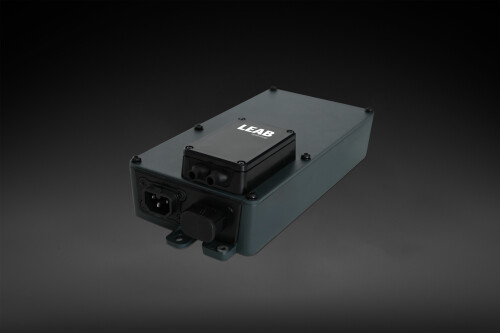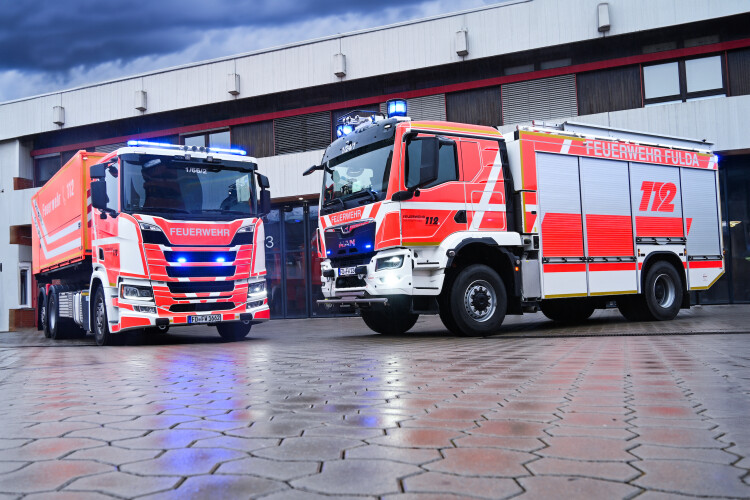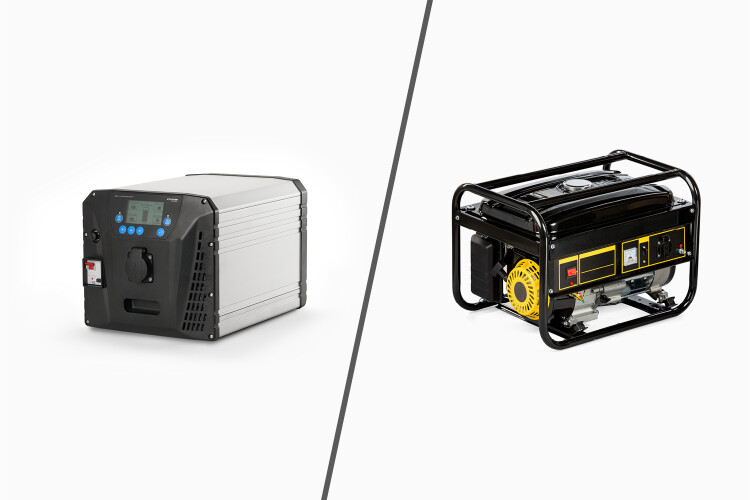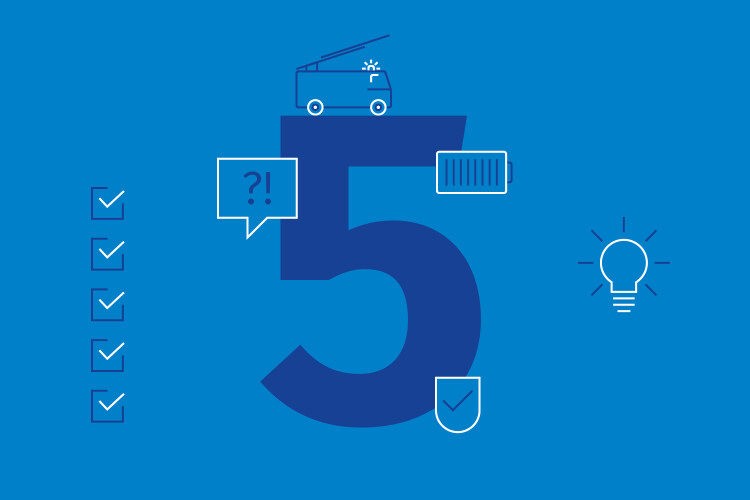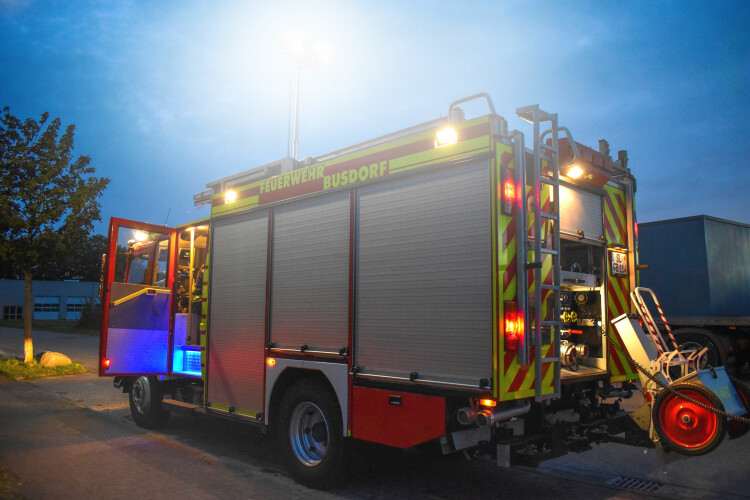What does the new DIN 14679:2024 standard regulate?
Reliability, safety and compatibility are the key requirements that chargers in emergency vehicles must fulfil. The revised DIN 14679:2024 creates the legal and technical basis for this.
It describes the requirements and test methods for chargers for trickle charging starter and auxiliary batteries in emergency services vehicles. This also includes power generators or portable pumps in operational vehicles of the fire brigade or disaster control.
The standard was developed by the DIN Standards Committee for Fire Services (FNFW). It replaces the previous standard from 2008.
Why this is important
The DIN standard has been fundamentally revised compared to the previous version. The goal was to adapt the standard to the current state of the art. This means that innovations in the field of power supply, such as modern battery technologies or communication interfaces, are now standardised.
What does this mean for you in concrete terms?
Future-proof: Chargers must fulfil the growing requirements of modern emergency vehicles.
Safety: Compliance with the standard protects against malfunctions and reliably supplies critical equipment.
Compatibility: Cross-manufacturer standards simplify maintenance and replacement.
FireCAN is the communication standard for emergency vehicles
FireCAN also contributes to flawless compatibility. It is the manufacturer-independent communication standard based on the CAN bus, specially developed for emergency services vehicles. The technology was first introduced in 2010 and was included in the DIN 14700 series of standards in 2014.
Your advantages with FireCAN:
Standardised diagnostic functions
Centralised control and monitoring
Interchangeability of components
Compatibility with a wide range of vehicle types
Chargers can also be seamlessly integrated into existing systems, including remote start, warning messages and much more.
Experience it live now!
Visit us at RETTmobil 2025 from 14 - 16 May and experience the new RC9 live on site. Arrange your appointment now; we look forward to a personal exchange!
